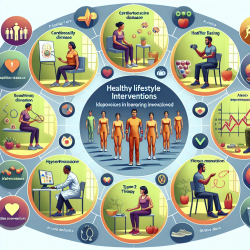Understanding the Landscape
The study highlights the stark contrast in rehabilitation resources between public and semiprivate facilities in Rwanda. Semiprivate facilities, primarily funded by NGOs and faith-based organizations, have six times more human resources than public facilities. This disparity underscores the need for better resource allocation and the importance of understanding who is accessing these services and why.
Key Facilitators and Barriers
The study identified several facilitators and barriers to accessing rehabilitation services:
- Confidence and trust in staff
- Family support
- Health coverage
- Transportation costs
- Long waiting times
- Inaccessible buildings
While family support was a significant facilitator, transportation costs emerged as a major barrier, especially for those attending public facilities. Understanding these factors can help practitioners develop targeted strategies to improve service accessibility.
Strategies for Improvement
To address these challenges, the study suggests several strategies that practitioners can implement without additional cost or burden to the system:
- Developing triage referral protocols to prioritize patients with the highest need.
- Training community health workers (CHWs) and family caregivers to provide basic rehabilitation services.
- Utilizing low-cost technologies, such as mobile phones and telerehabilitation, to support remote interventions.
Encouraging Further Research
While the study provides a comprehensive overview of the current state of rehabilitation services in Rwanda, it also highlights the need for further research. Understanding the specific needs of adults with disabilities who cannot access rehabilitation services is crucial for developing effective interventions.
As educational professionals, we have the unique opportunity to drive change by implementing these strategies and encouraging further research. By doing so, we can make a significant impact on the lives of individuals with disabilities in low-resource settings.
To read the original research paper, please follow this link: Provision and use of physical rehabilitation services for adults with disabilities in Rwanda: A descriptive study.










